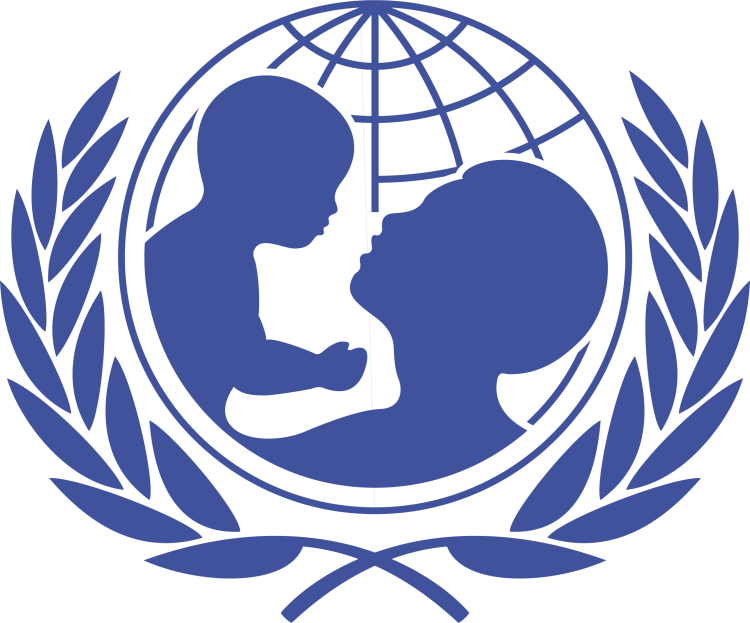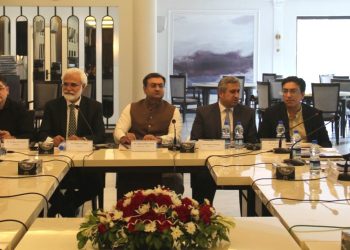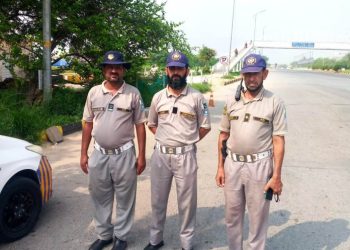Naveed Siddiqui
ISLAMABAD: Immunisation coverage in five South Asian countries has rebounded to levels surpassing those seen in 2019, according to recent data released by UNICEF and the World Health Organization (WHO). Bangladesh, Bhutan, India, Pakistan, and the Maldives have made significant progress in combating the decline in immunization caused by the COVID-19 pandemic, resulting in improved access to life-saving vaccines and the protection of millions of children.
The data reveals that in 2022, 1.96 million more children in South Asia received immunization services compared to the previous year. Notably, the coverage of the third dose of the Diphtheria, Pertussis, and Tetanus vaccine (DTP3) increased by 6 percentage points, reaching 91% in the region. DTP3 is used as a global indicator for measuring immunization coverage.
UNICEF Deputy Regional Director for South Asia, Noala Skinner, commended the progress made, attributing it to the leadership of countries, the support of donors and partners, the dedication of vaccinators, and the commitment of parents to overcome challenges associated with the pandemic.
The proportion of children receiving major vaccines in South Asia in 2022, compared to previous years, is as follows:
* Vaccine for Tuberculosis (BCG): 92%
* First dose of Diphtheria, Pertussis, and Tetanus vaccine (DTP1): 94%
* Third dose of Diphtheria, Pertussis, and Tetanus vaccine (DTP3): 91%
* First dose against measles (MCV1): 92%
* Second dose against measles (MCV2): 87%
* Pneumococcal vaccine (PCV3): 72%
* Polio (POL3): 91%
Among the eight South Asian countries, Bangladesh, Bhutan, Pakistan, India, and the Maldives have successfully recovered to pre-COVID-19 immunization coverage levels. Sri Lanka and Nepal have made significant progress but are still working towards full recovery. Afghanistan, however, requires further efforts to reach more than 400,000 children who have missed out on vaccination services.
The data highlights substantial reductions in the number of unvaccinated children in India, Sri Lanka, and Nepal, with decreases of 58%, 50%, and 38%, respectively. India alone saw a decline from 2.7 million unvaccinated children in 2021 to 1.13 million in 2022.
Additionally, the percentage of children receiving pneumococcal conjugate vaccines, which protect against pneumonia, rose by 28 percentage points from 44% in 2021 to 72% in 2022.
While there has been progress, vaccination for the first dose against measles remains below the target of 95% needed to prevent outbreaks. In 2022, South Asia reported 54,959 measles cases, nearly triple the cases reported in 2021.
UNICEF has collaborated closely with countries in the region to enhance immunization coverage. In India, catch-up campaigns and vaccinations were employed to deliver a comprehensive package of primary healthcare interventions. Bangladesh implemented digital health initiatives, including eTracker, GIS-based eMicroplanning, and child biometry for immunization, to enhance access and convenience for parents. Pakistan introduced an urban immunization strategy in major cities, round-the-clock vaccination services in labor rooms, and outreach services in hard-to-reach areas to tackle vaccine refusals. Afghanistan utilized mobile health clinics to reach unvaccinated children in remote villages.
The resurgence of childhood immunization rates in South Asia reflects a significant achievement in safeguarding the health and well-being of children, despite the challenges posed by the COVID-19 pandemic. Continued efforts are crucial to sustaining these gains and ensuring that every child receives life-saving vaccines, protecting them from preventable diseases



















